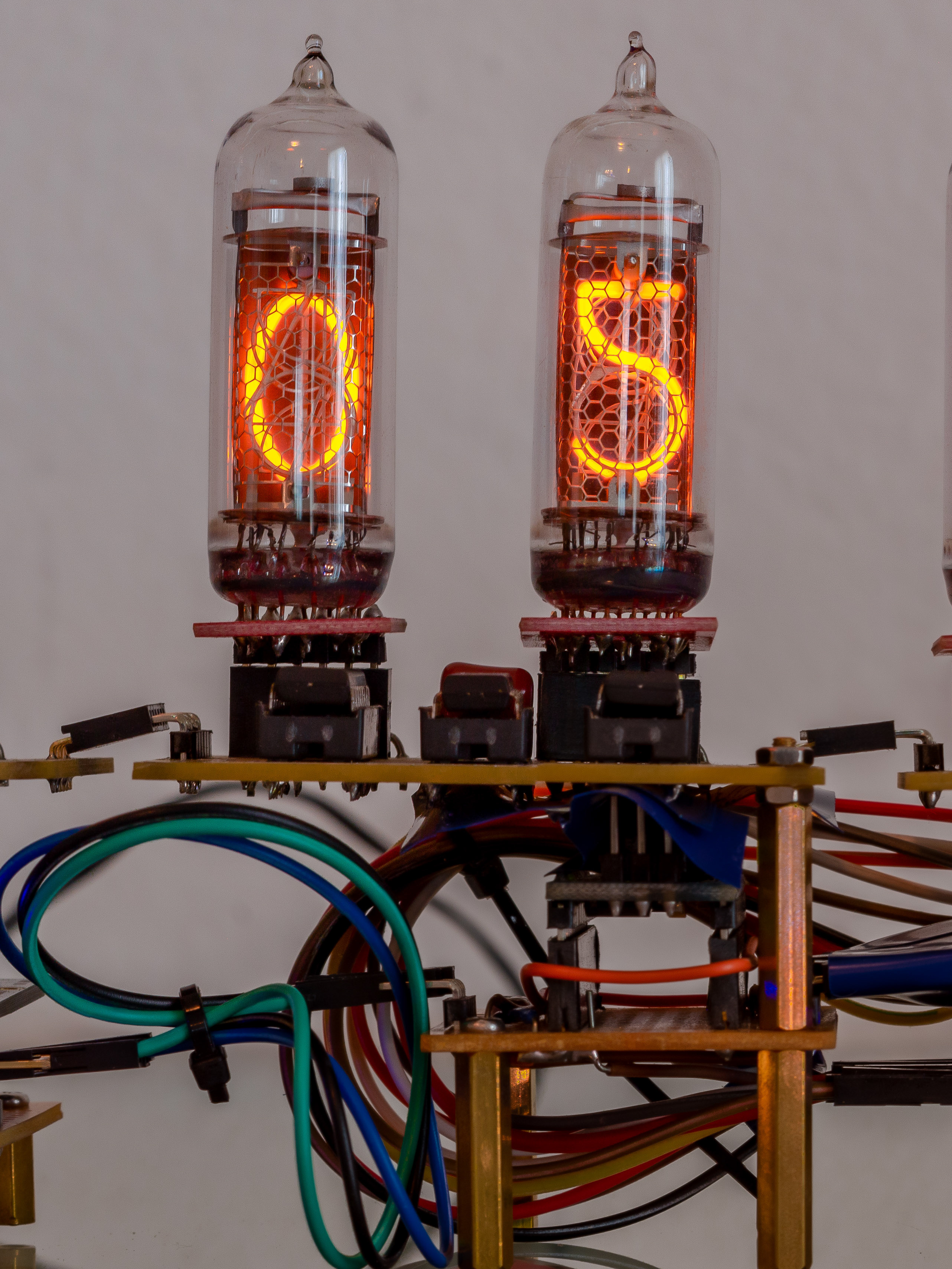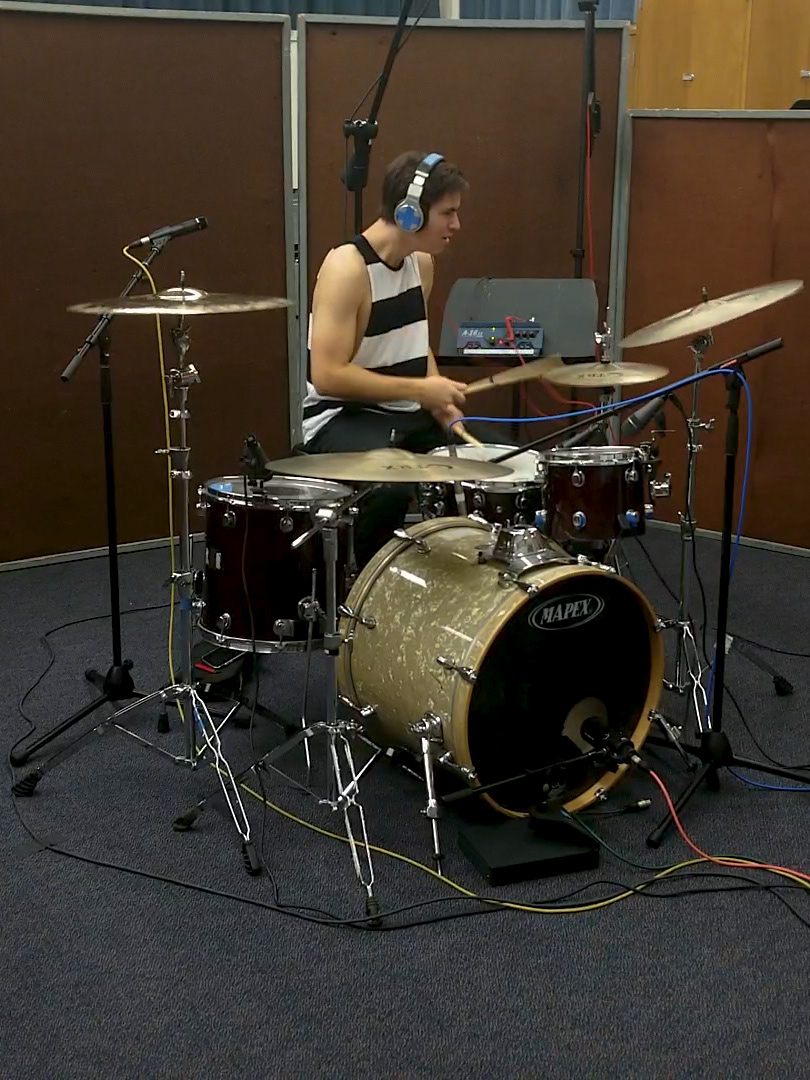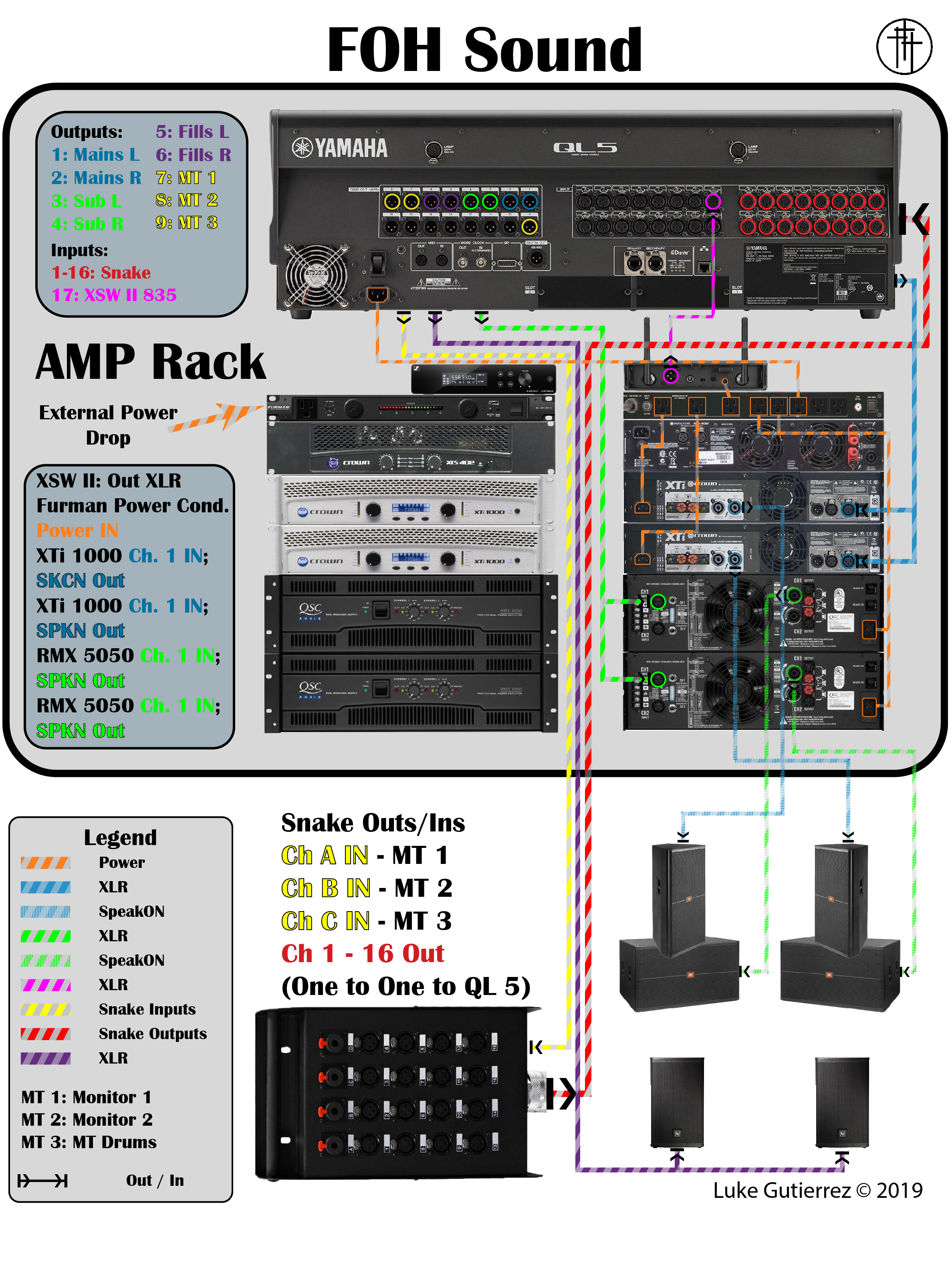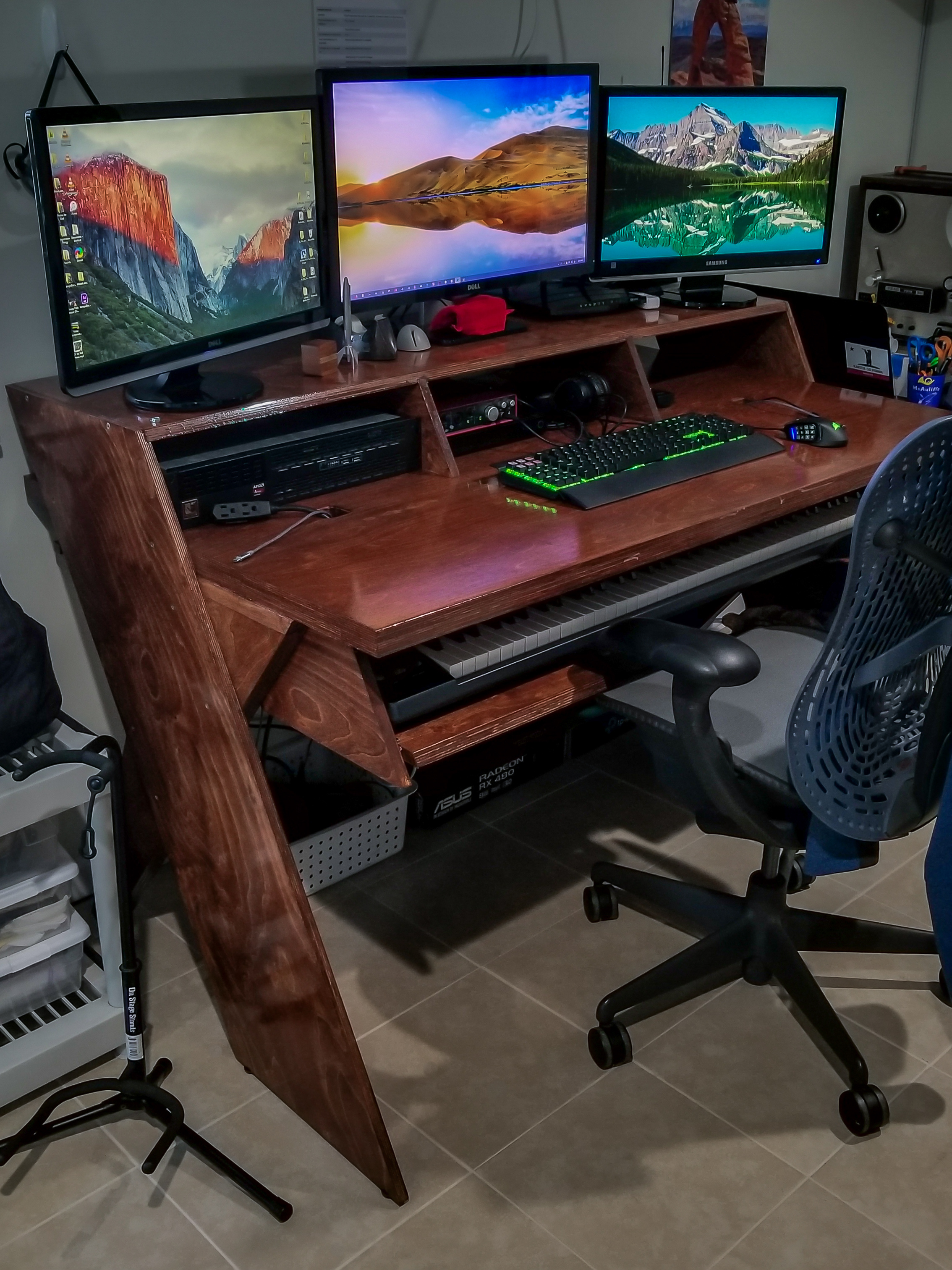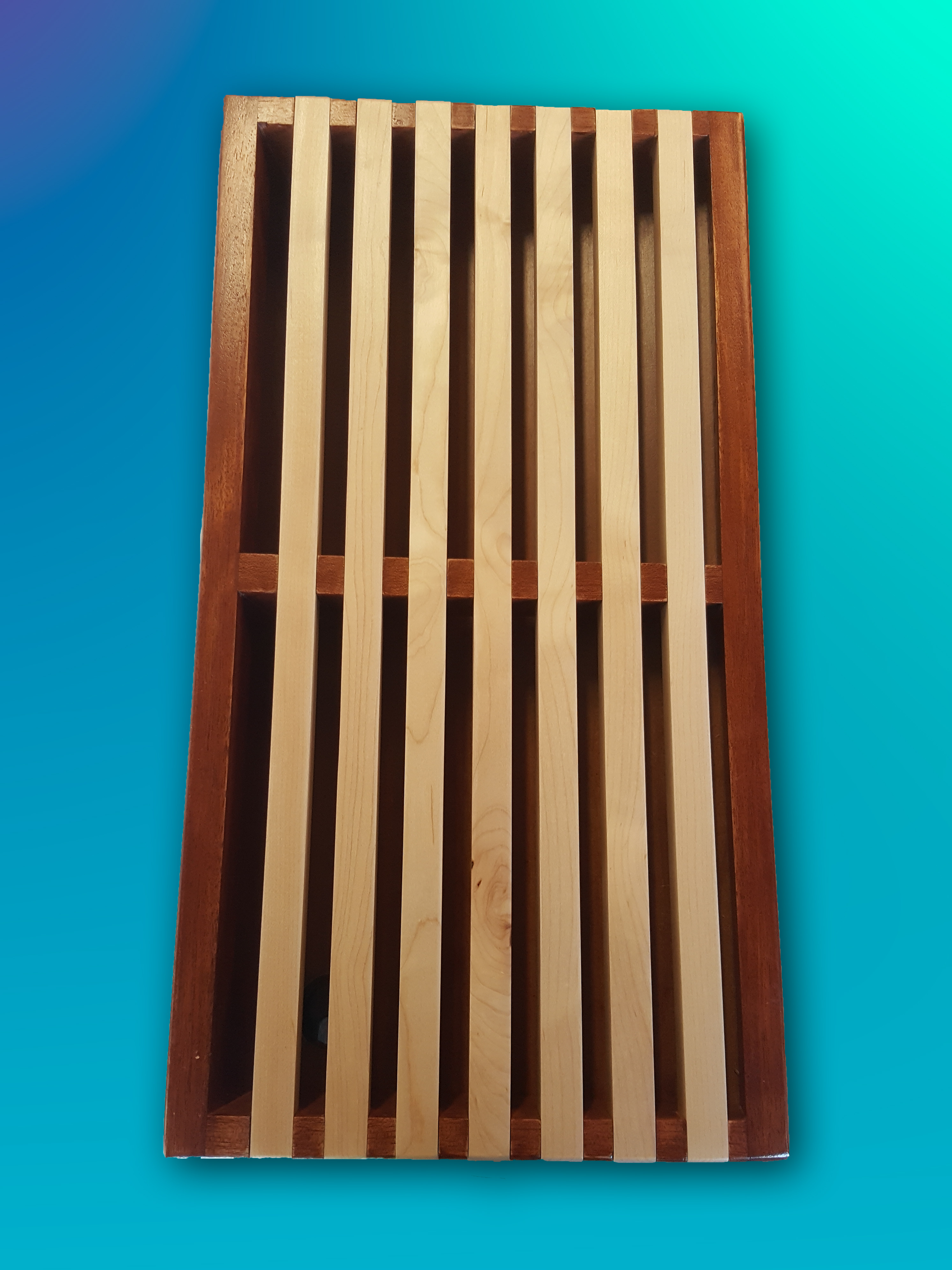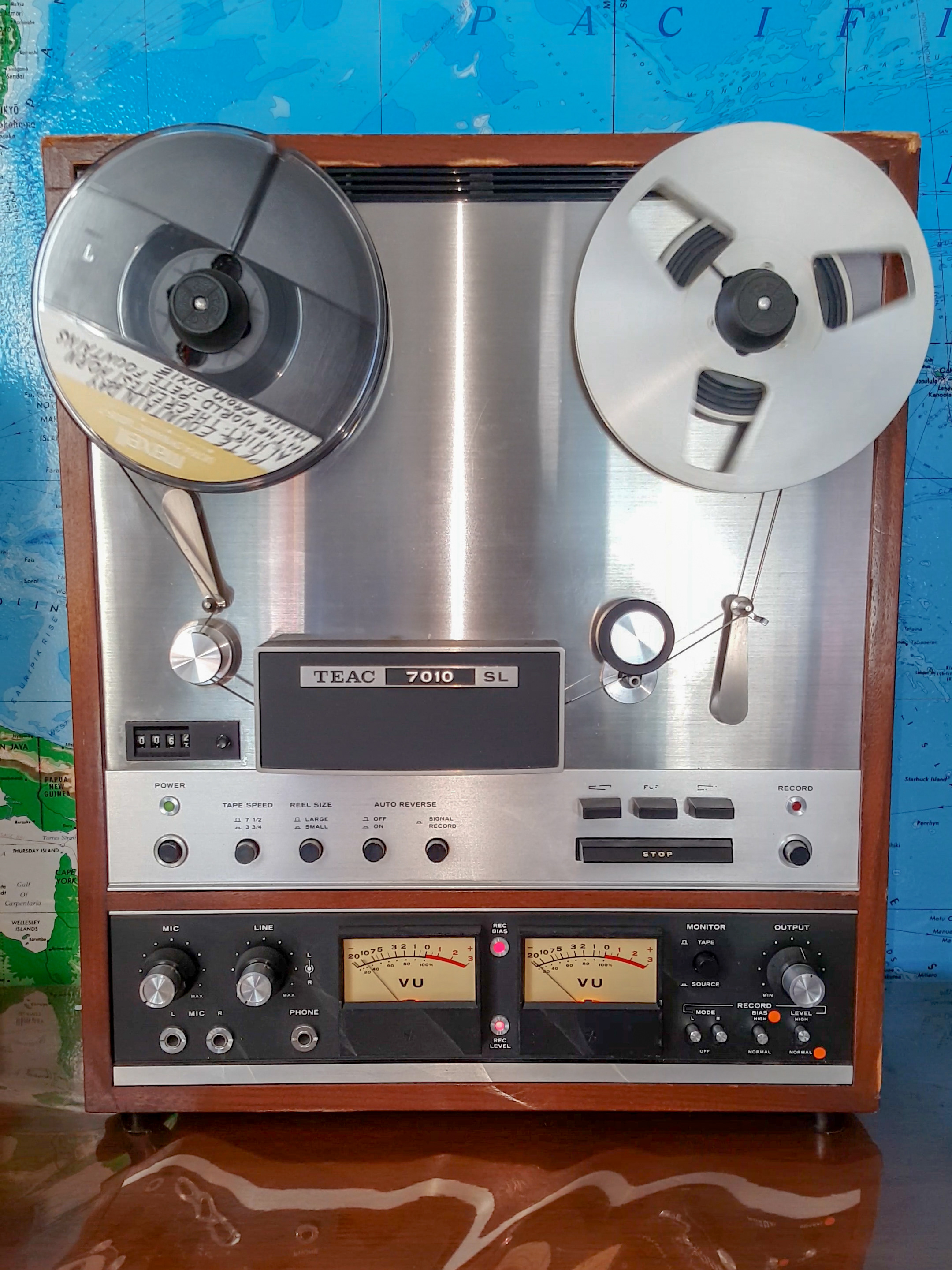As a casual guitar who plays for the local church, I enjoy "playing" with effects stomp boxes. One local brand that I am quite fond of is called Neunaber which specializes in reverb and multi-effects pedals. I own one of their multi-effects pedal which is called the "Expanse"; with a computer and a micro-B USB cable the user can load any of their effects onto the device. However, with their "Exp" you can expand the number of effects which can be load onto the Expanse to four. I could not afford their Exp pedal but I discovered a creator who layout how to create your own. I thought it would be a great experience to work on another electronics project so, I dove right it planning on how to create my own.
I went on to creating three versions so far each one with new features. The gallery immediately below displays the insides of my first go at it. My goal for the first model was to mimic the functionality of the Exp pedal but inside a smaller form factor; this turned out to be very simple because the device it not all that complicated. With Neunaber providing documentation on the pin interface for the device which uses a RJ45 connector, it was just a matter of figuring out what parts to use and how to build it. I chose an Arduino micro-controller and sourced all of the parts from the internet. I came up with this design myself but I was inspired by other creators who have made a similar replication.
The first version was very messy and once the micro-controller was installed it was difficult to reprogram the device if I came across any bugs. C+ was used to program the device with a simple script. Additionally the lights were very cumbersome and difficult to fit into place. On the other hand, once fitted together the device was able to switch between all four effects on the Expanse and toggle between two "Presets". (Presets are described by Neunaber as saved snapshots of the potentiometer positions)
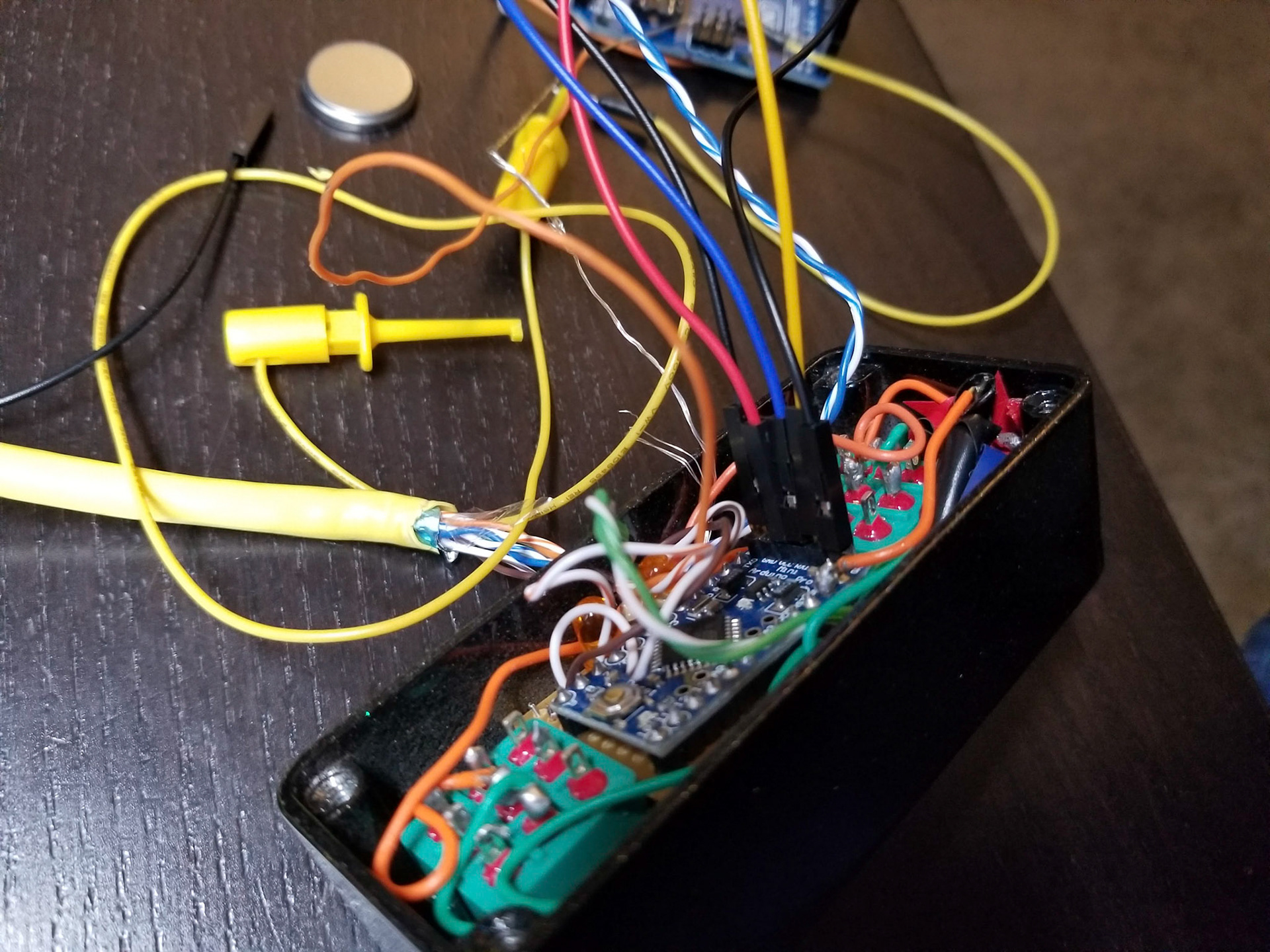

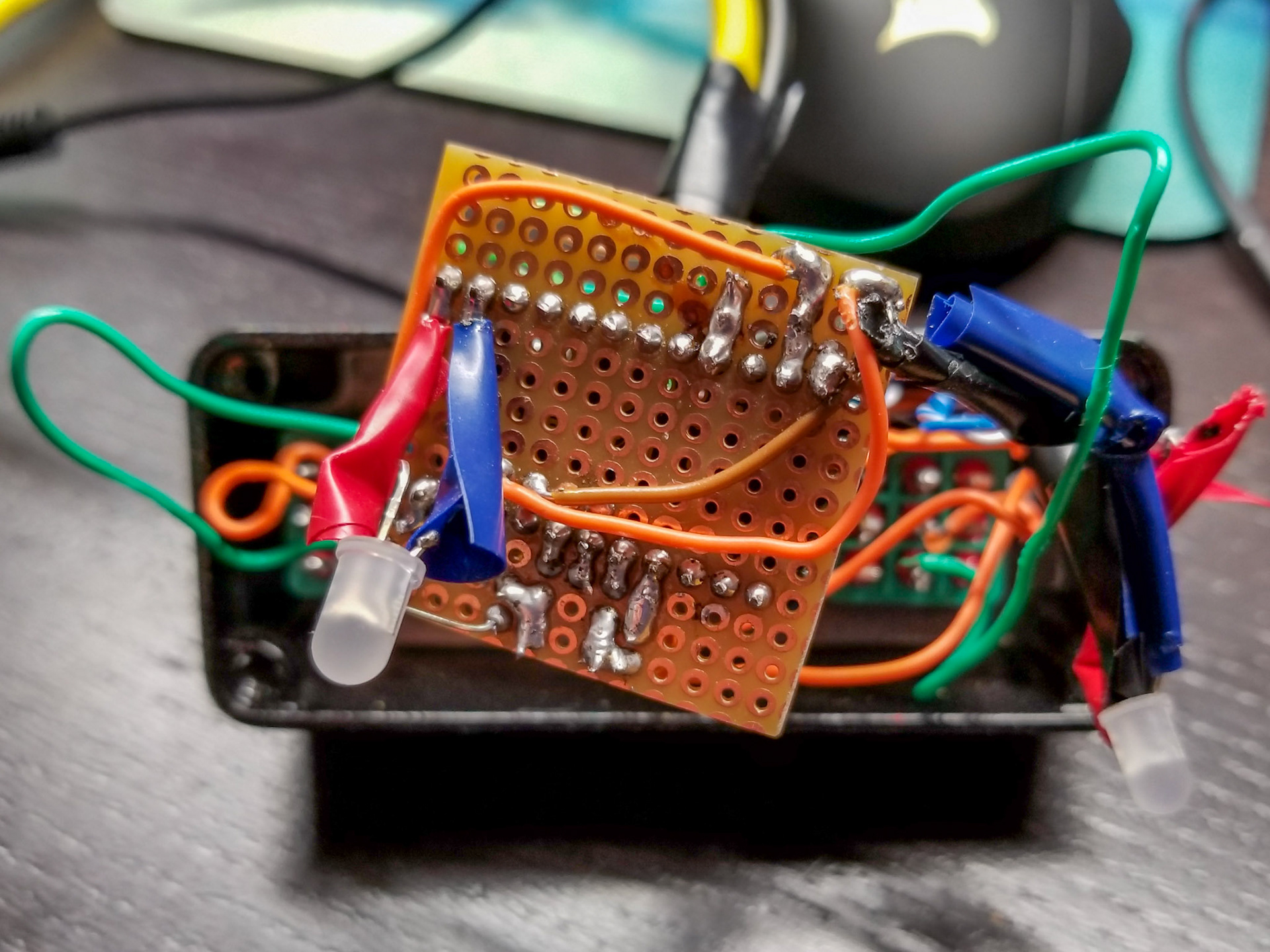

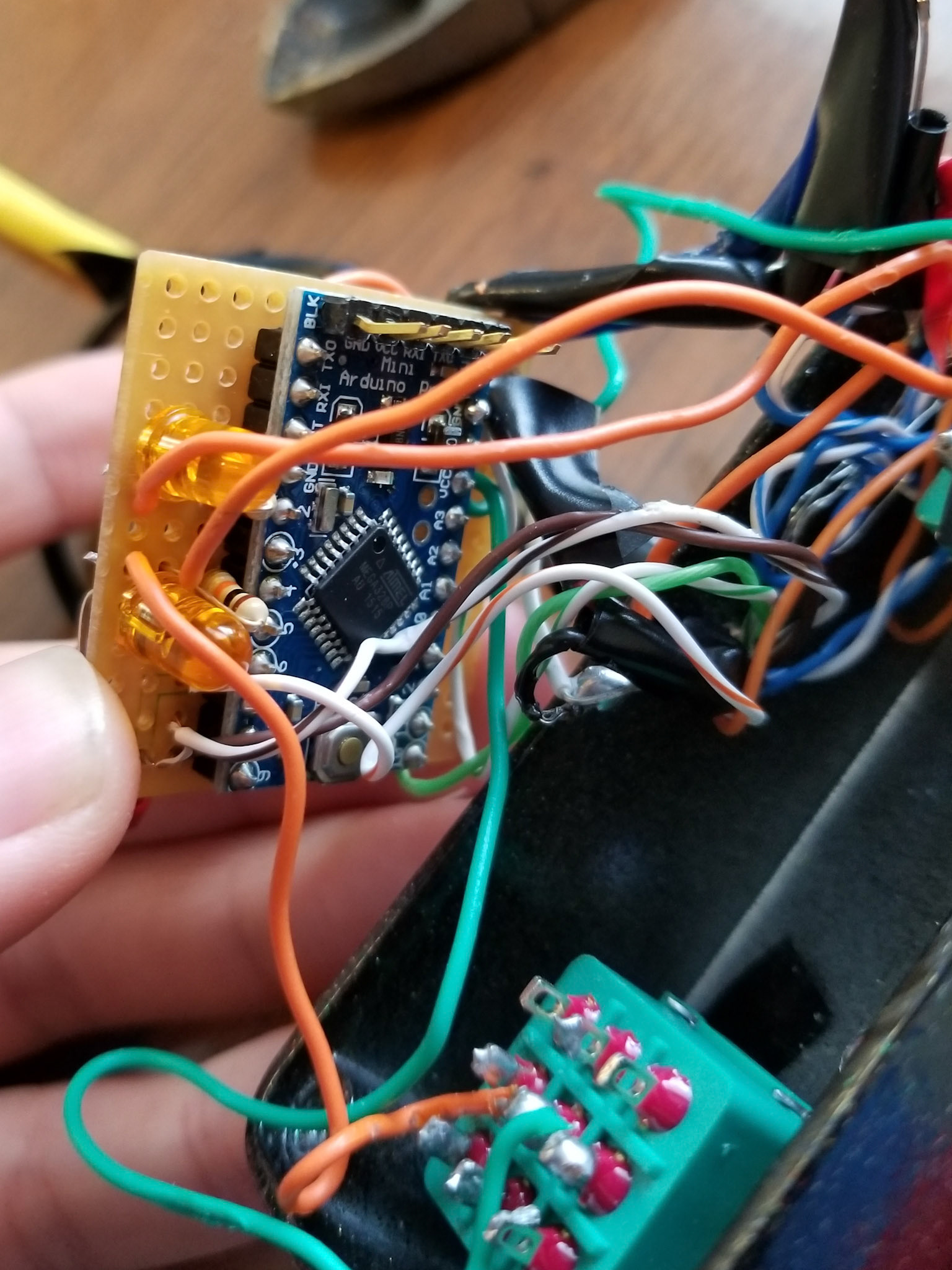
January, 2018
The next set of images below displays the revision of the first version; this version completes the same task but the circuitry and wiring are much more organized. Sadly, this model still suffers from difficult lights, and fixed external cables which must extend out of the pedal.
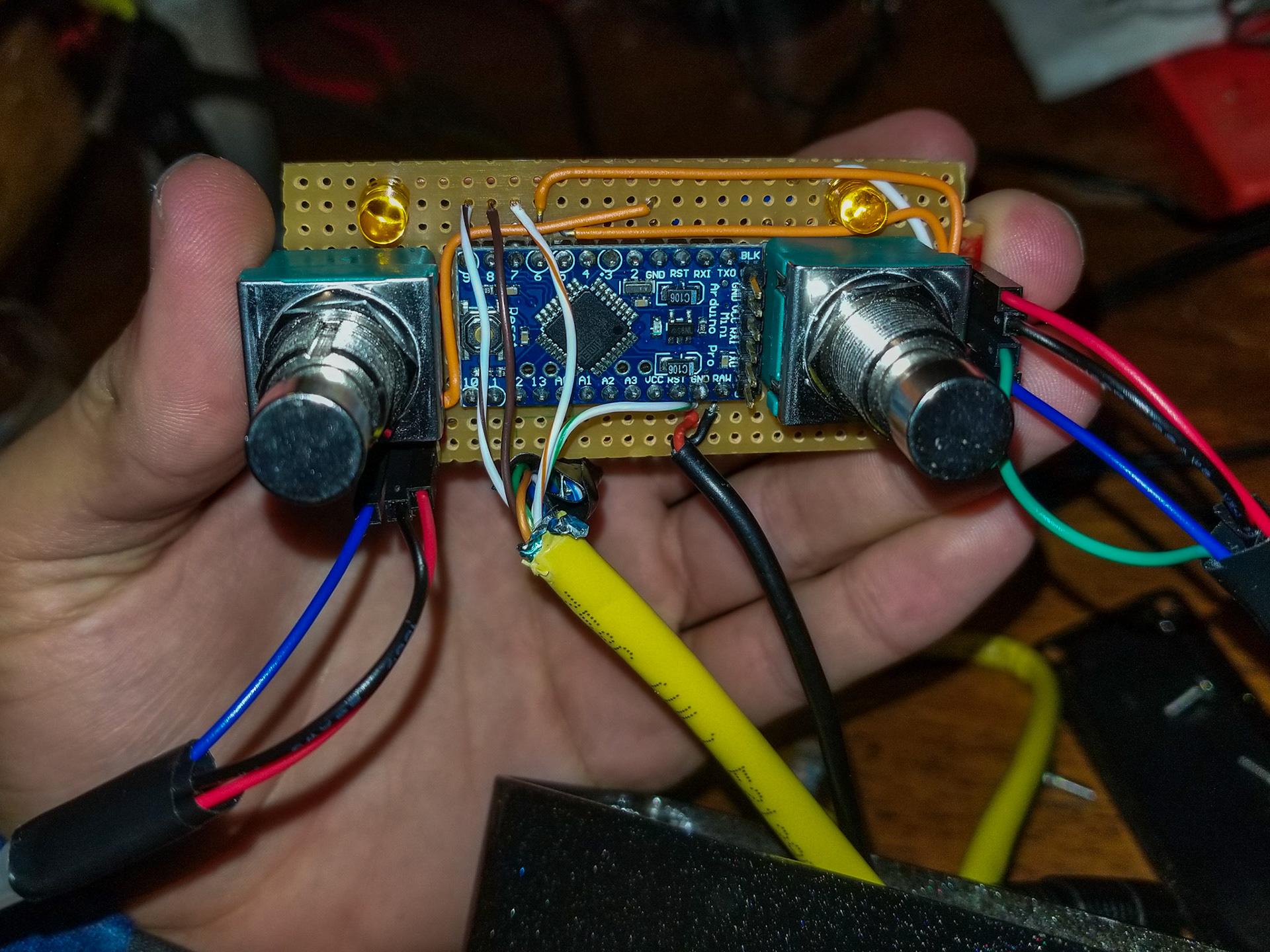
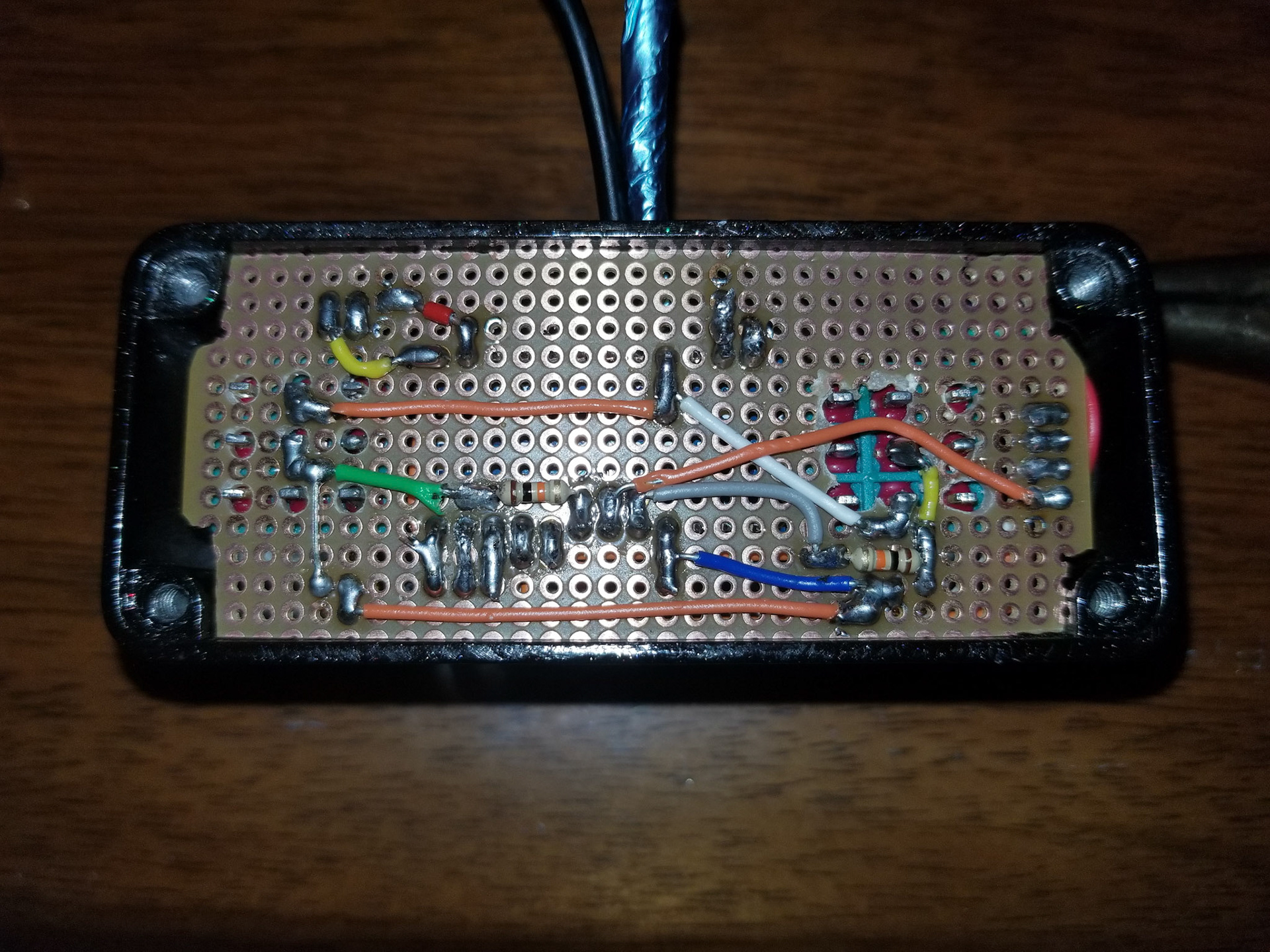

June, 2018
After using the pedal for many months, an idea came across my mind. What if I was able to create another one of these pedals but the order in which the effects are recalled and the preset settings could be configured on a phone? I decided to begin this project by laying out the features I want to included and the parts I would need to achieve that goal. I needed a digital potentiometer to controller the position of the potentioments on the Expanse and a micro-controller which had Bluetooth technology to connect with a device like a smartphone. The images below illustrates my process from testing all of the parts on a breadboard to installing the device into its housing.



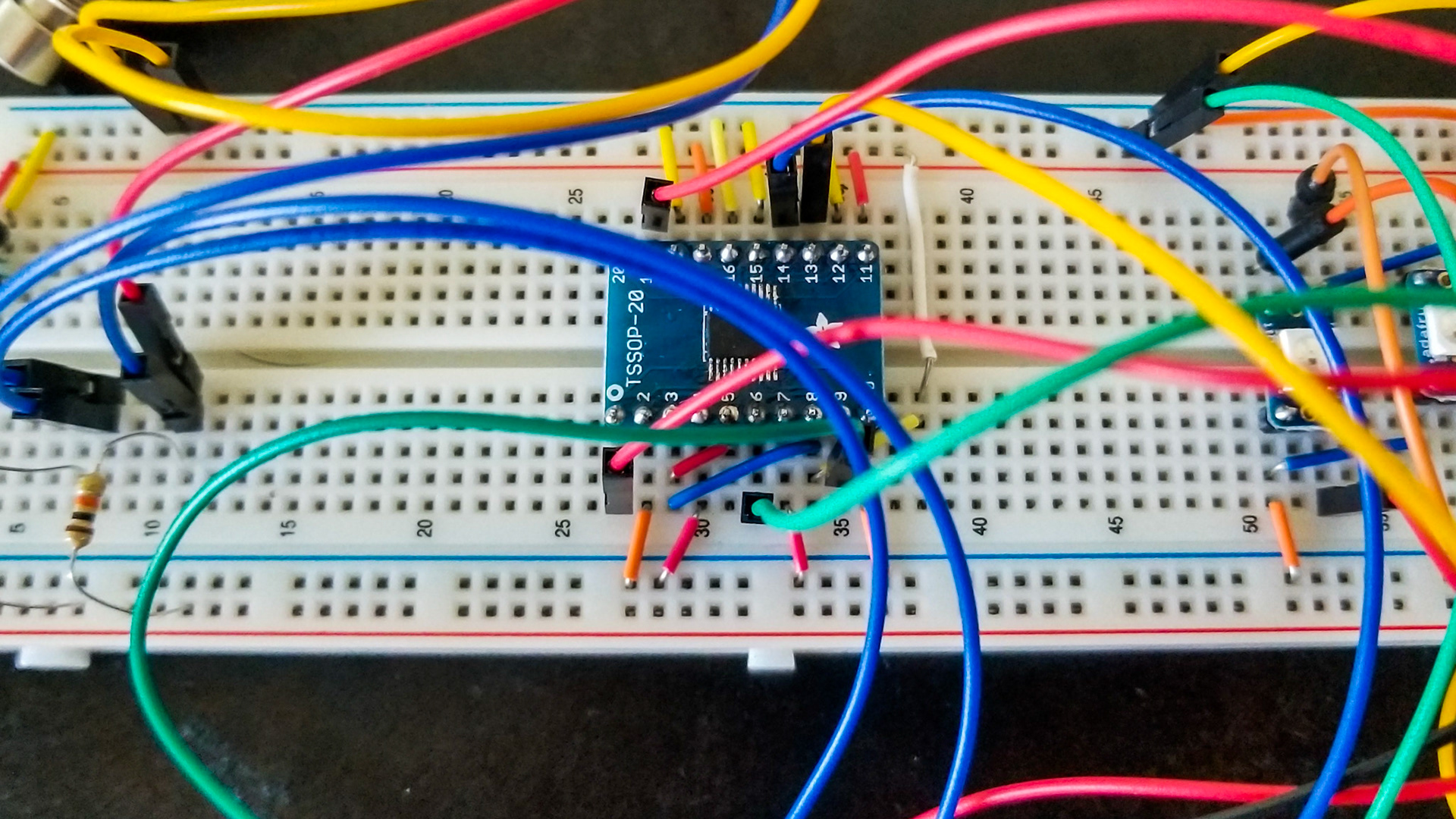
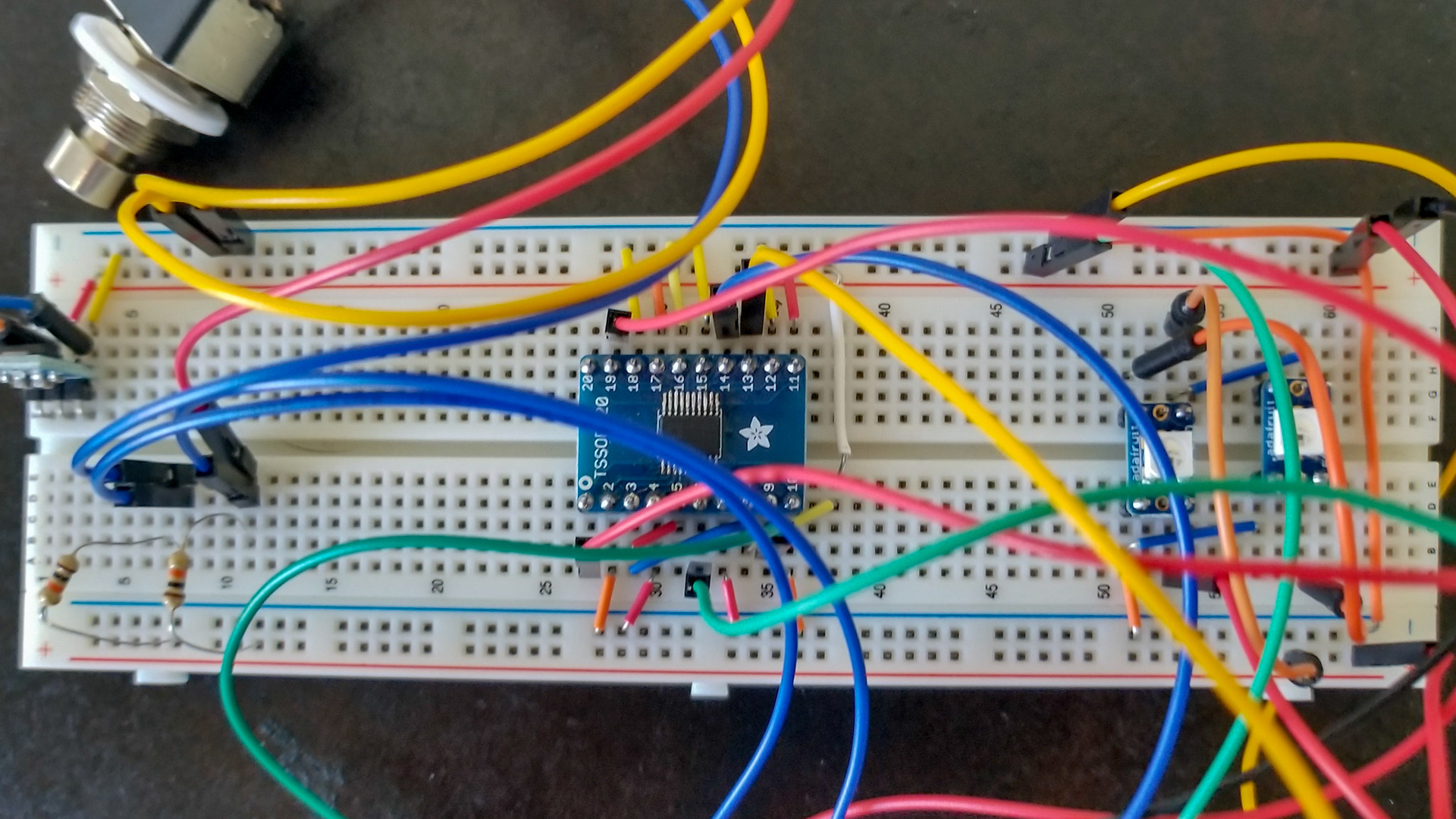



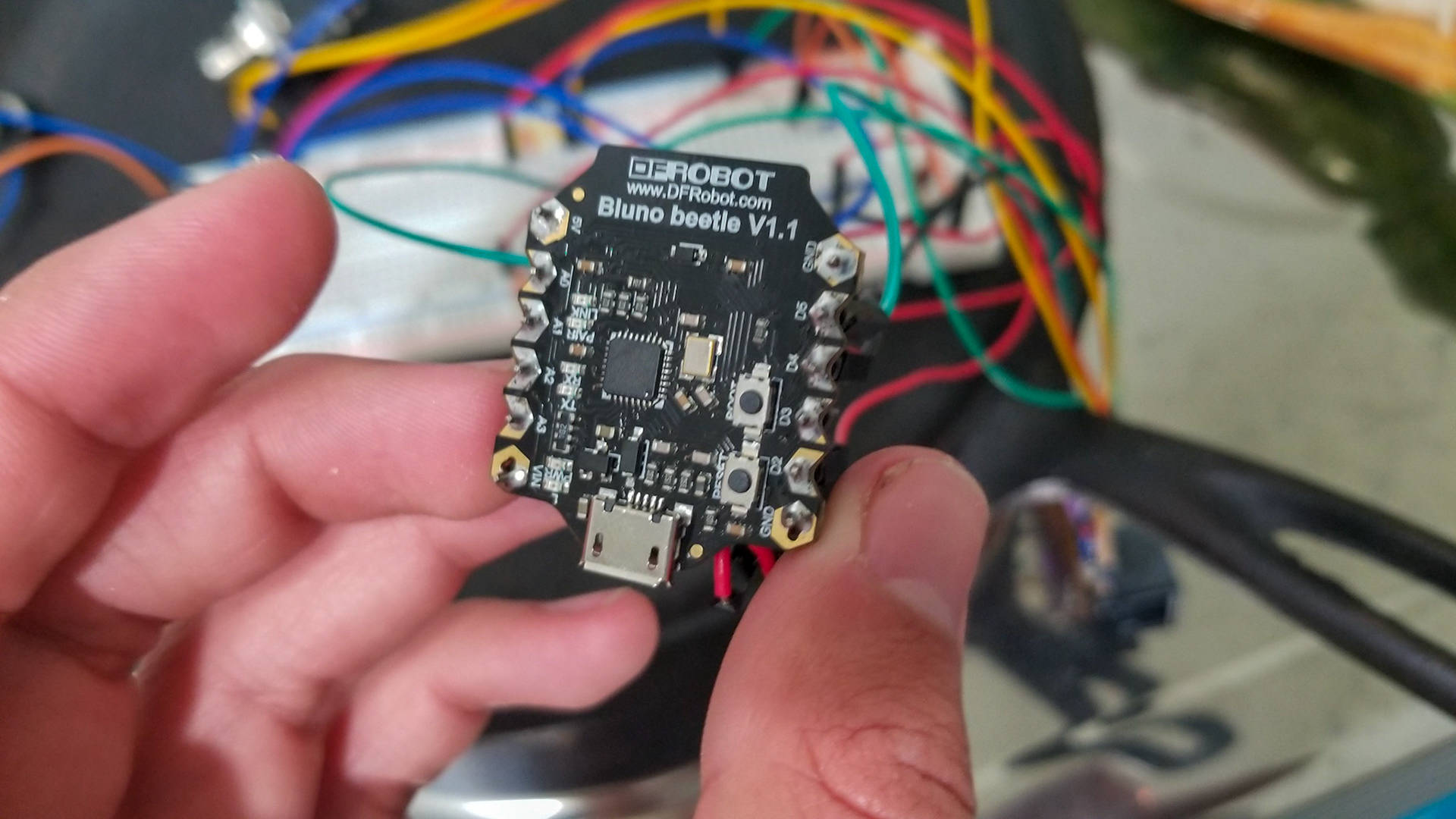
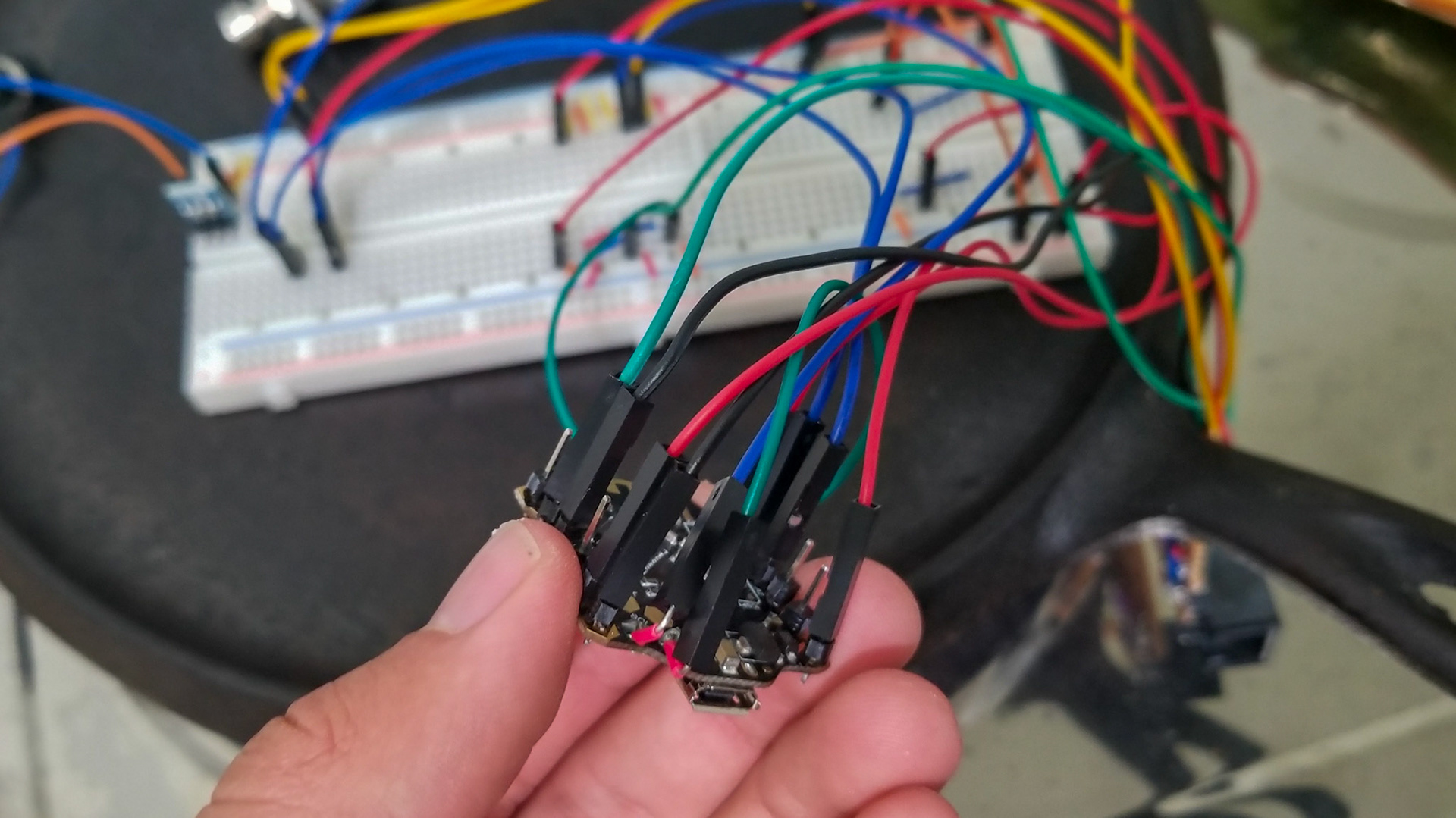
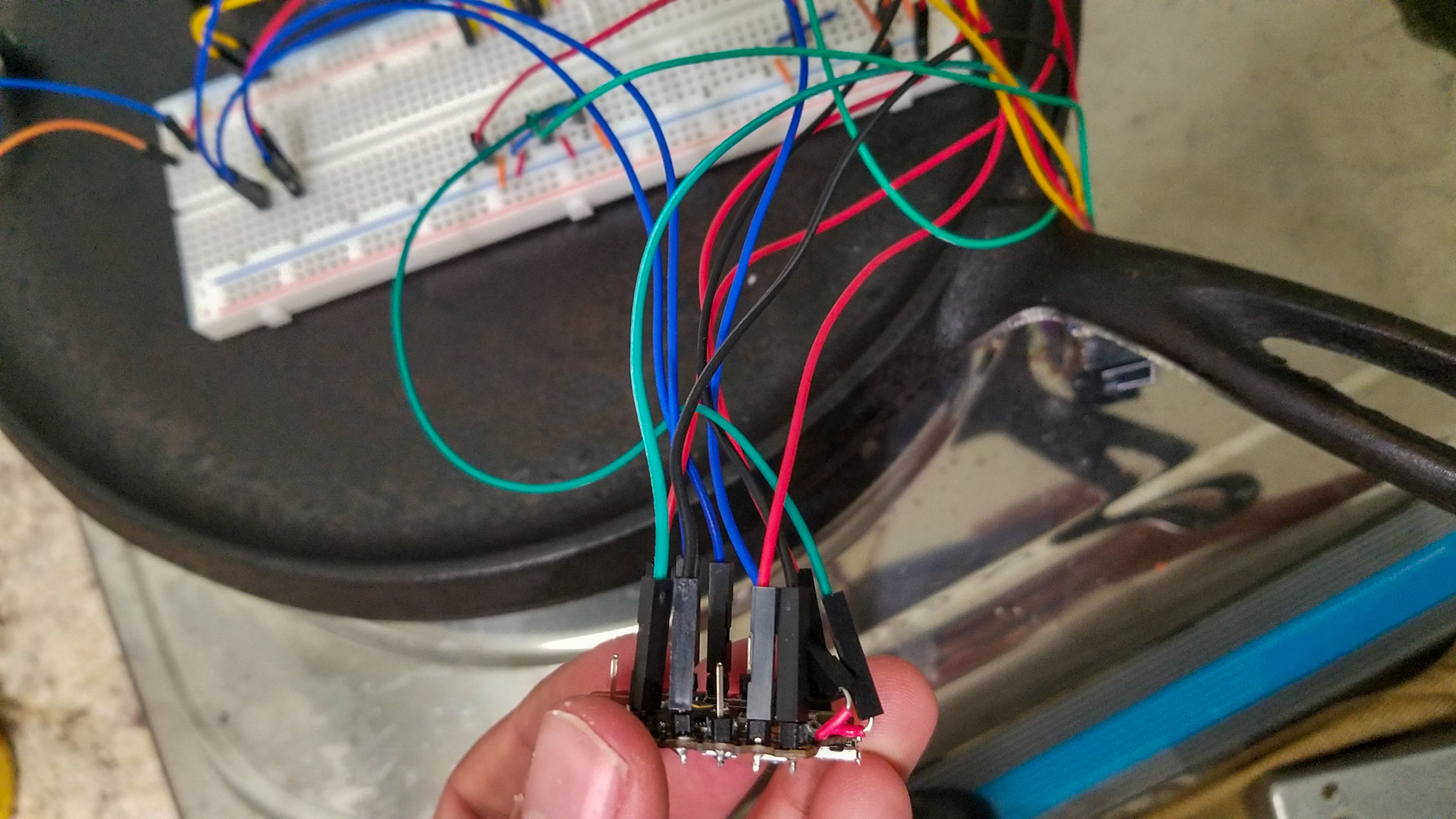
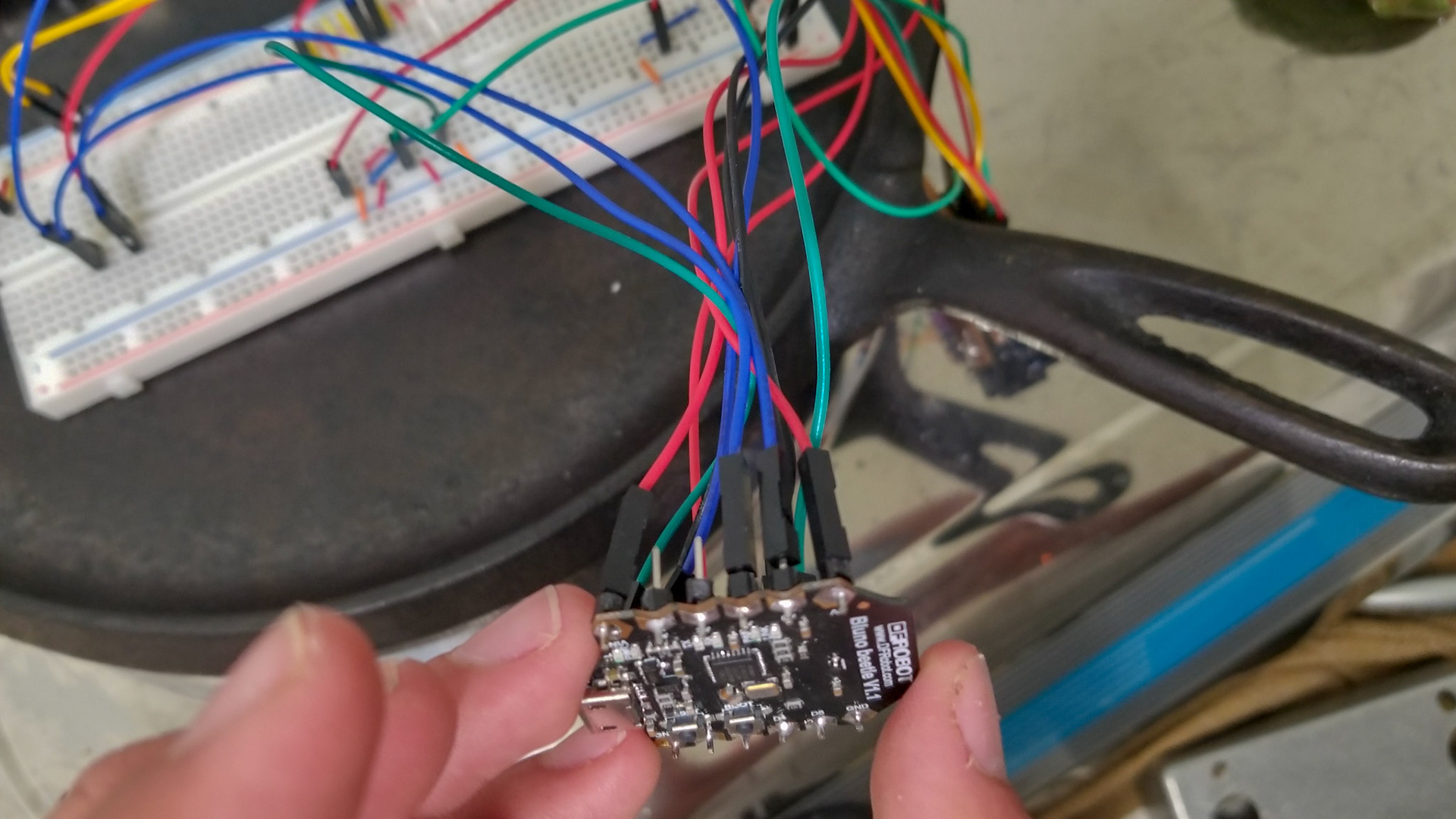
Below are images of the electronics begin fitted into its housing. The circuit layout was designed and soldered by myself and I cut the openings of the housing.

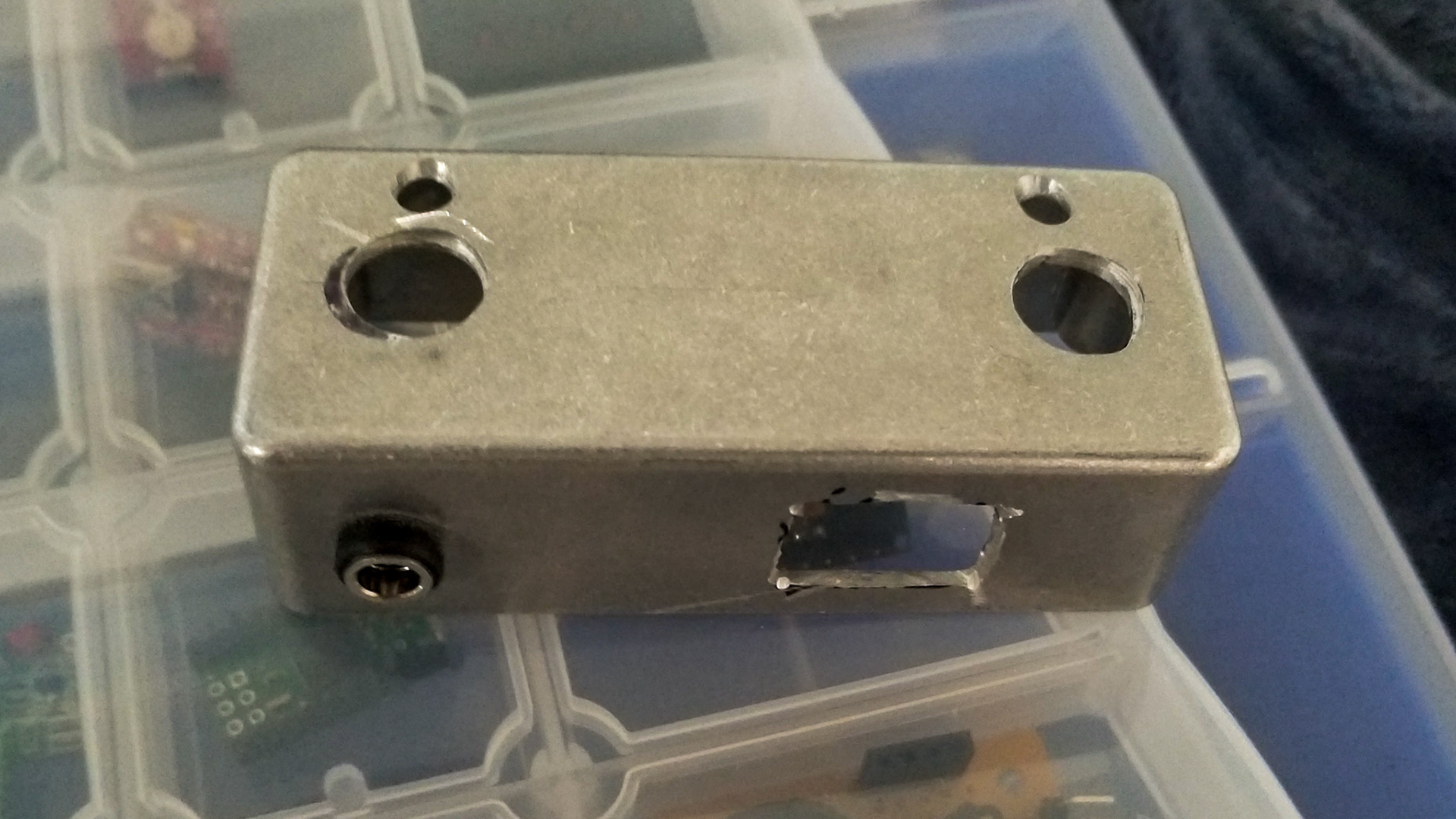

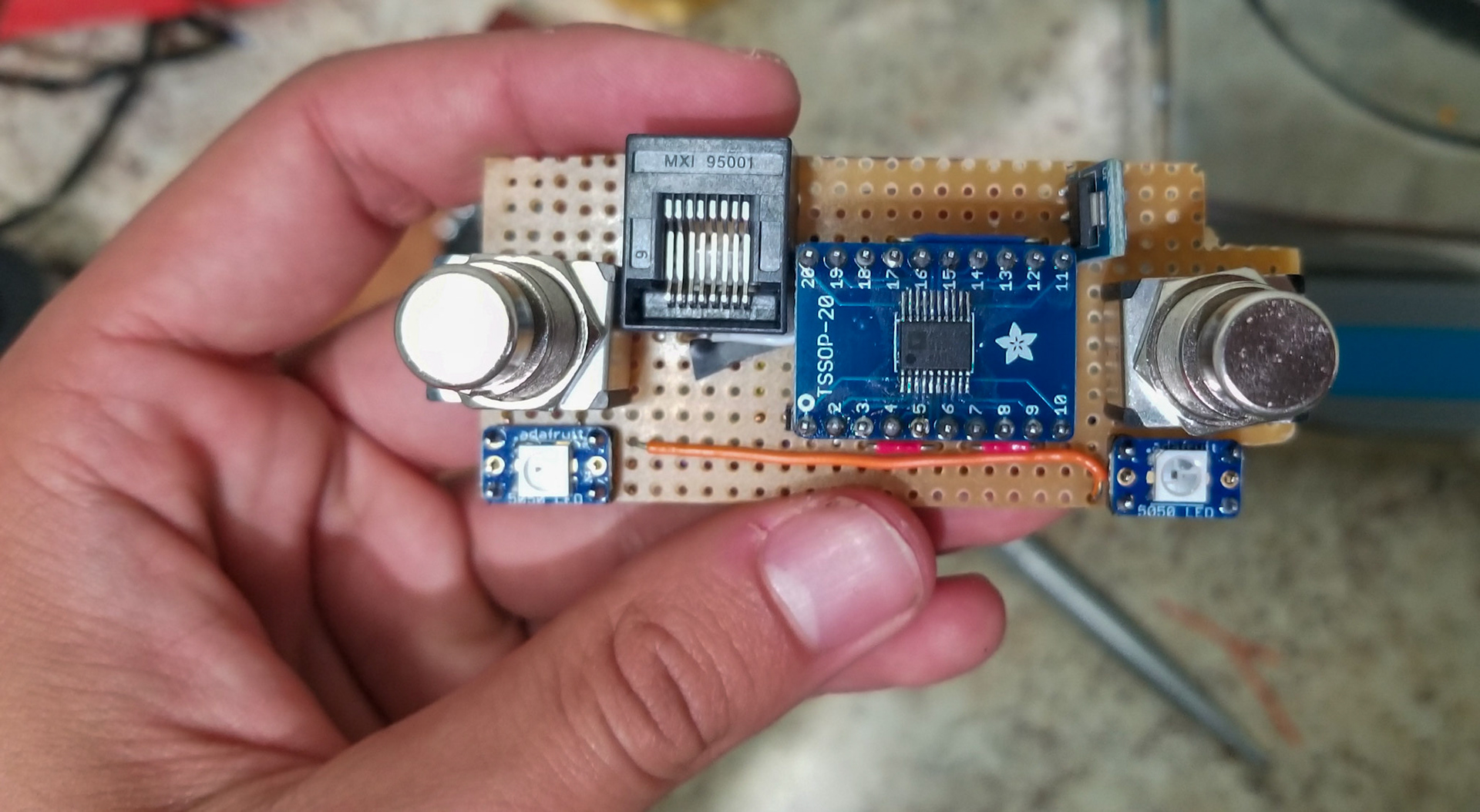



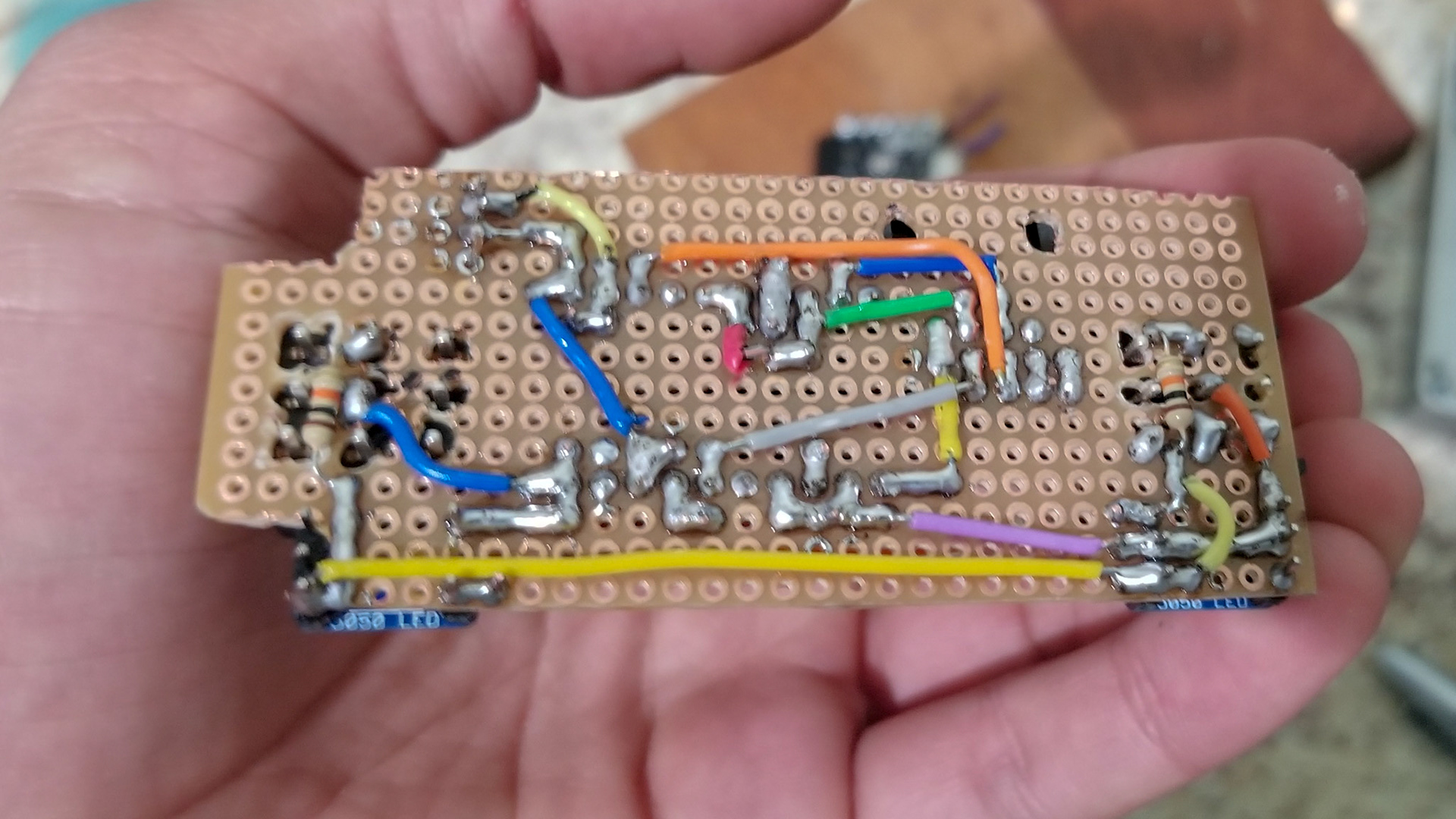



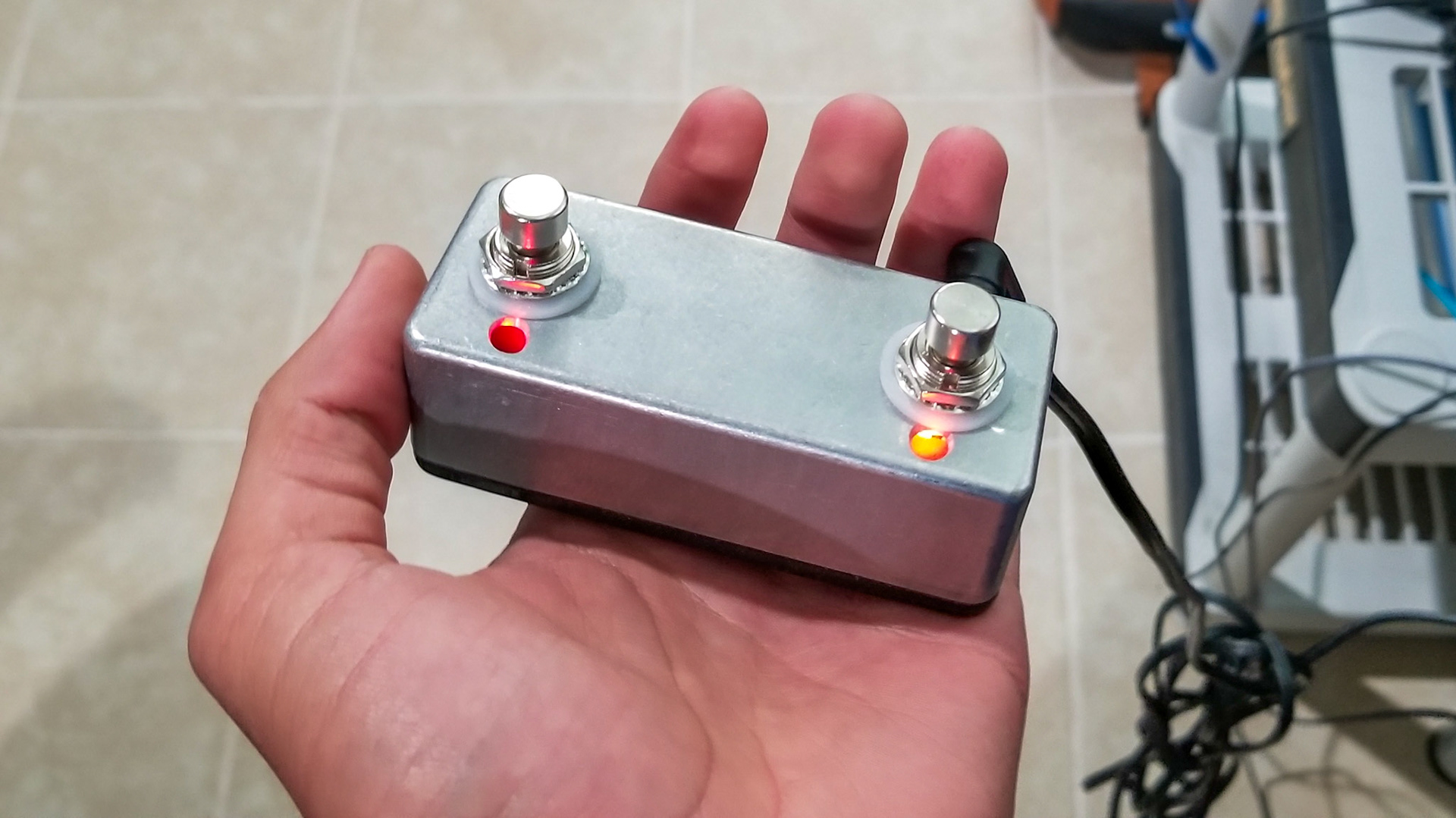
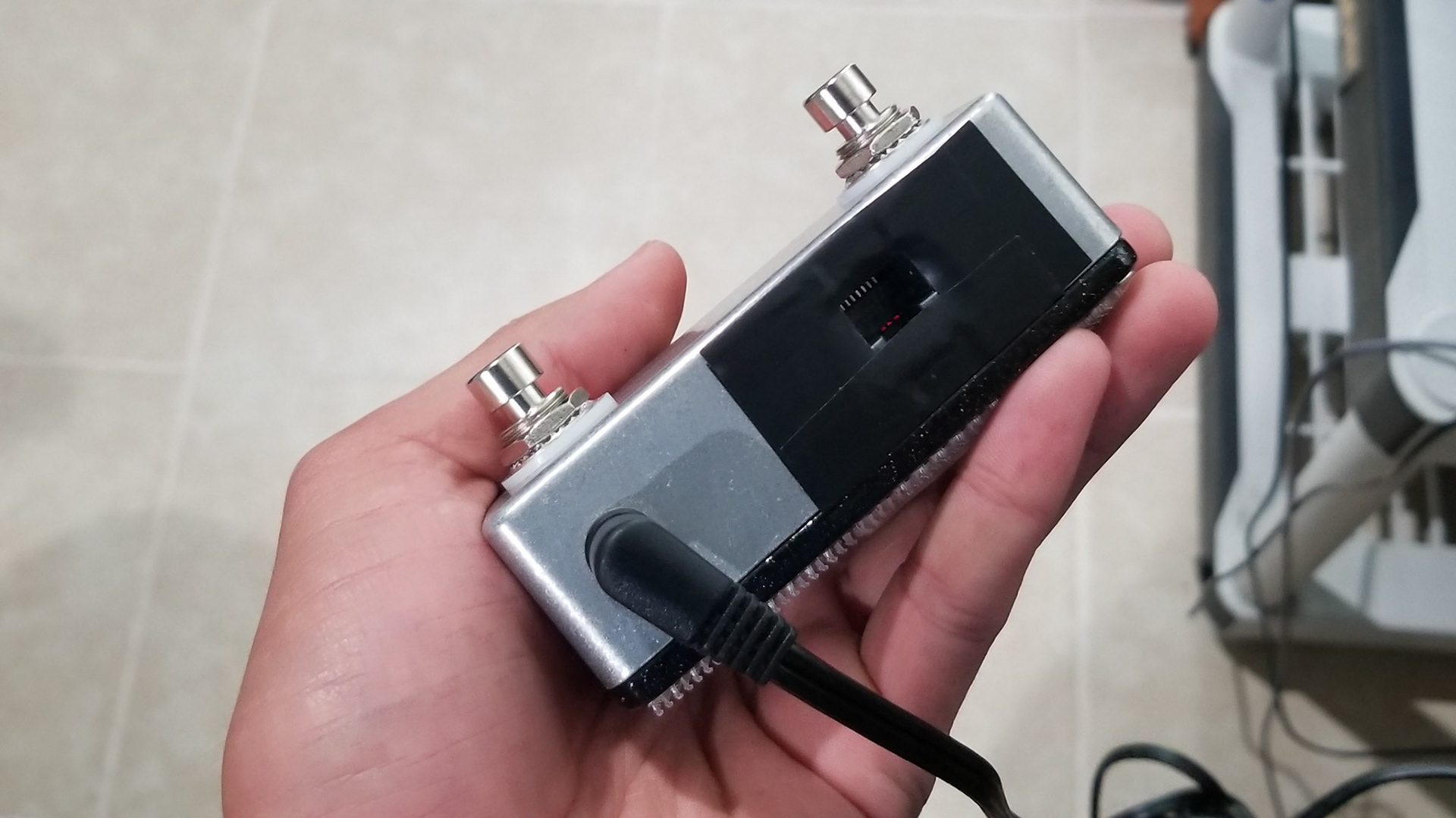
July, 2018
Surprisingly, I was able to fit all of the components into the pedal and I was able to resolve some issues with the previous revisions. One, I built this pedal so that the cables are not fixed to the device so you can use external cables. Additionally, the micro-controller is easy to access which make it easier to program and test. Thus far, I have been unable to program the app because of my busy school schedule but I have tested the Bluetooth and I plan on using Android platform.
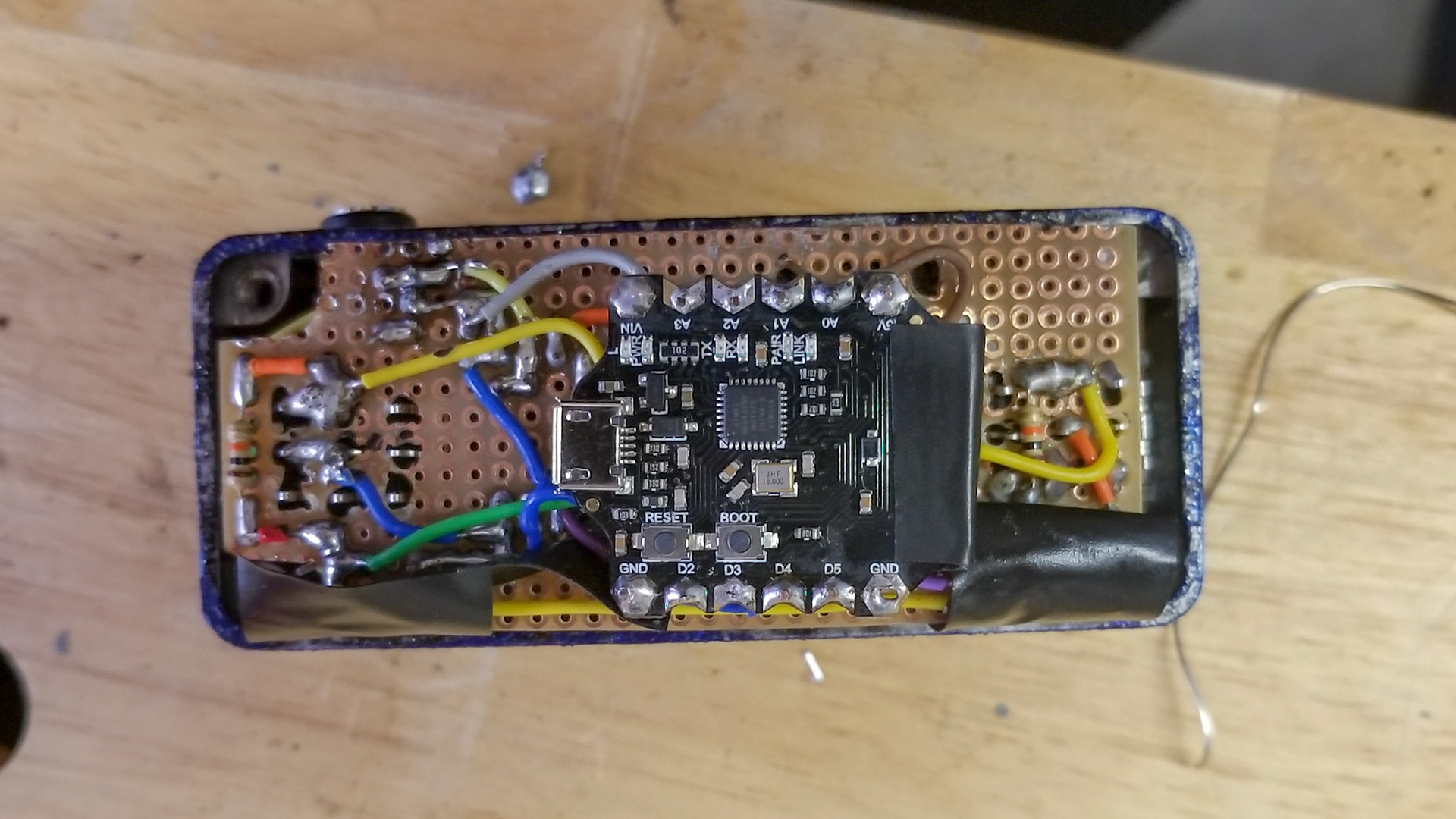
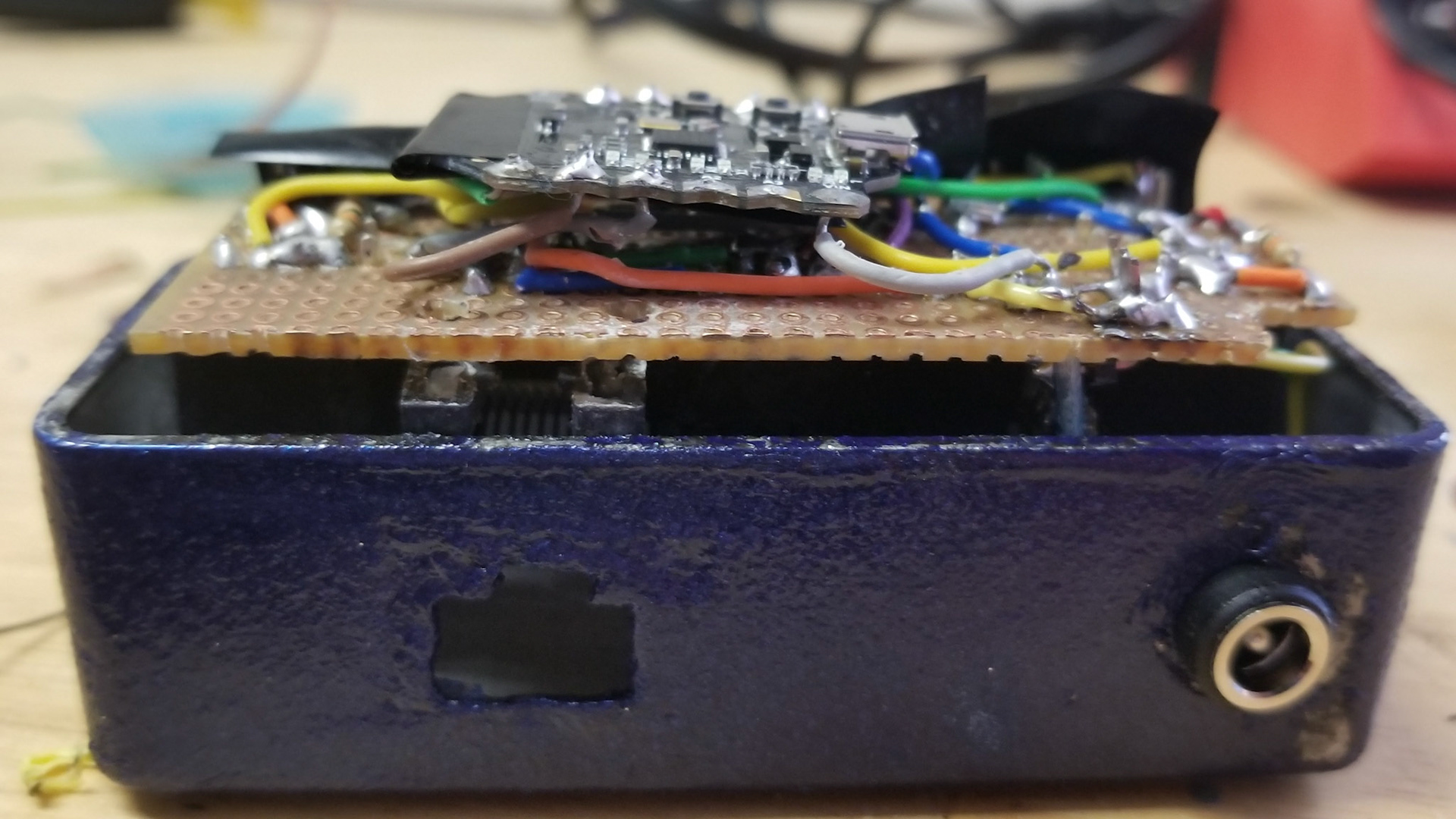
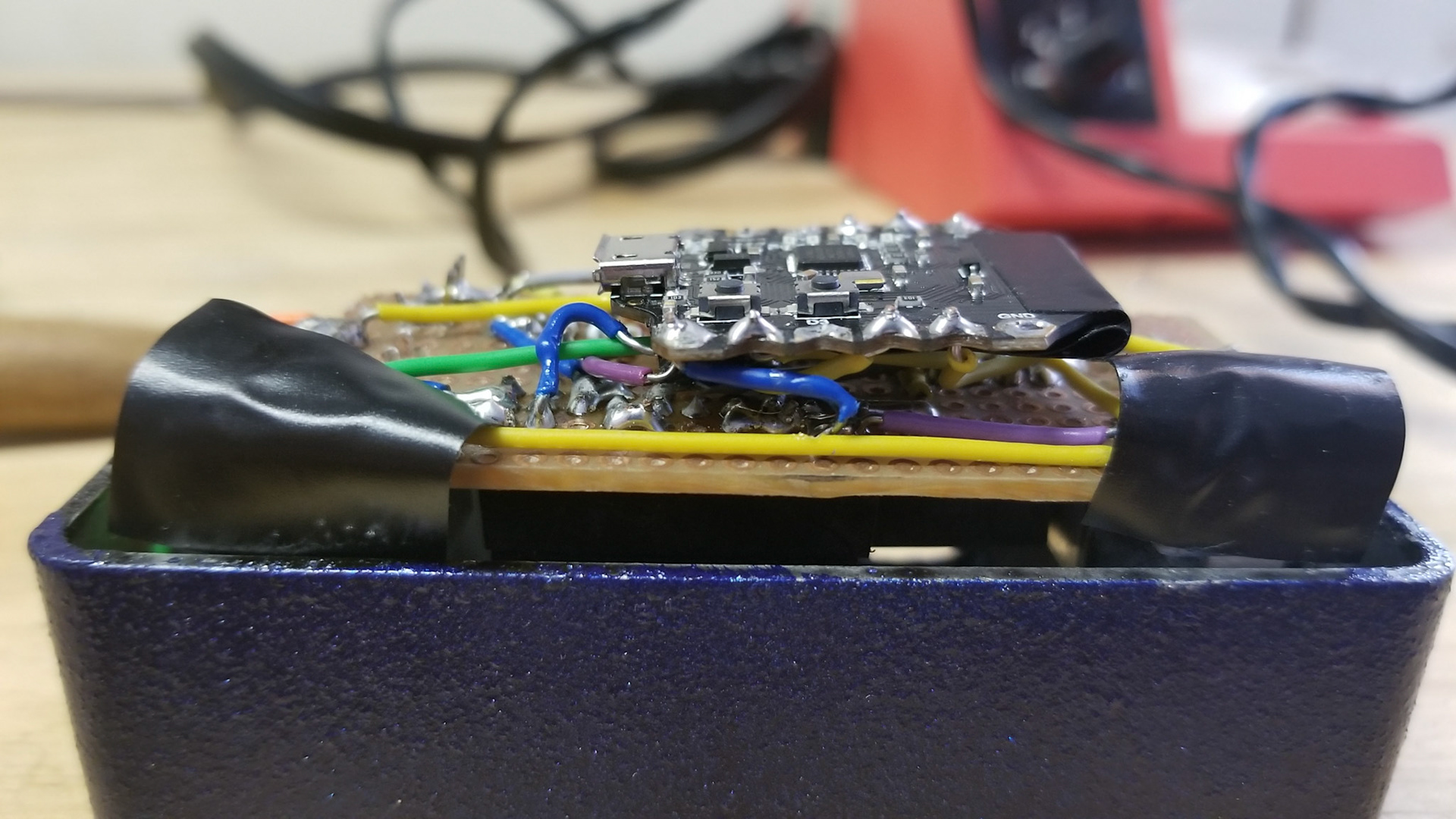
Here is a short video I created, on the spot, where I show the device and a little bit of it working.
